Introduced in 1952, the Breitling Navitimer is the quintessential pilot's chronograph watch as well as one of the most instantly recognizable Swiss watches in the world. Aimed exclusively at professional pilots in its earliest versions, the Navitimer was instrumental in popularizing the pilot's watch genre for the general public, and it remains, in all of its various sizes, colorways, and aesthetic executions, the flagship of Breitling's modern-day collection. Here is the story behind the Breitling Navitimer and how it evolved into an icon of its field, along with an overview of Navitimers on the market today.
The First Family of Chronographs (1884)
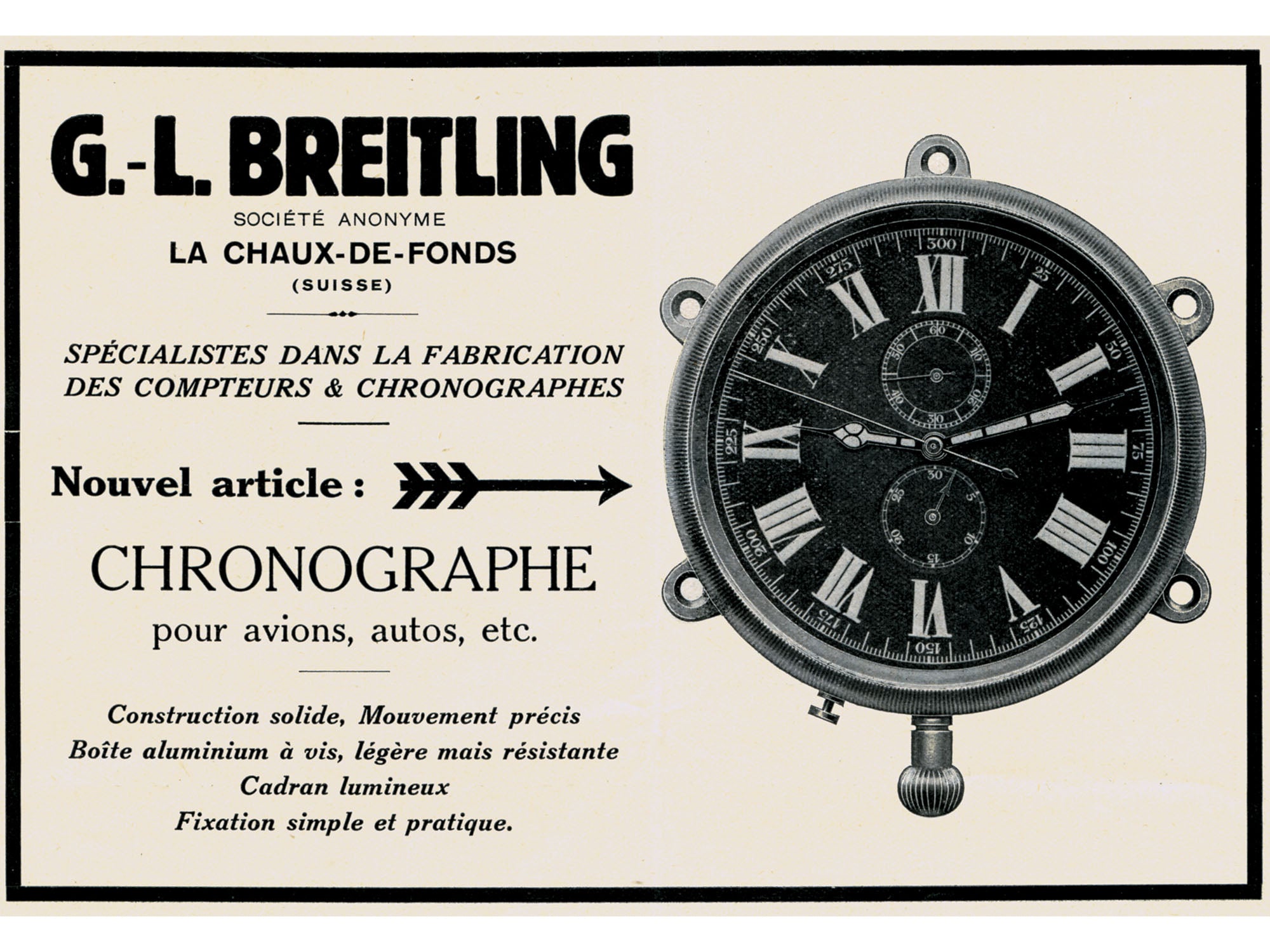
German immigrant Léon Breitling (below, left) founded his eponymous watchmaking firm in Saint-Imier, Switzerland in 1884, devoted to producing precise stopwatches and other timing devices for use in military and industrial fields as well as competitive sports. The rise of both the automobile and the airplane in the early 20th century provided the inspiration for Breitling and his son Gaston, who took over the firm in 1914, to produce a number of historic innovations, several of them patented, that would influence the world of horology going forward. Léon launched one of the first timepieces with an eight-day power reserve in 1893, and a chronograph with an unprecedented ⅖-second accuracy in 1896. Gaston (below, center) is renowned today as the inventor of the first wrist chronograph with an independent pusher, separate from the crown, to control the stop, start and reset functions; at the time, the crown-mounted “monopusher” style was the only option.
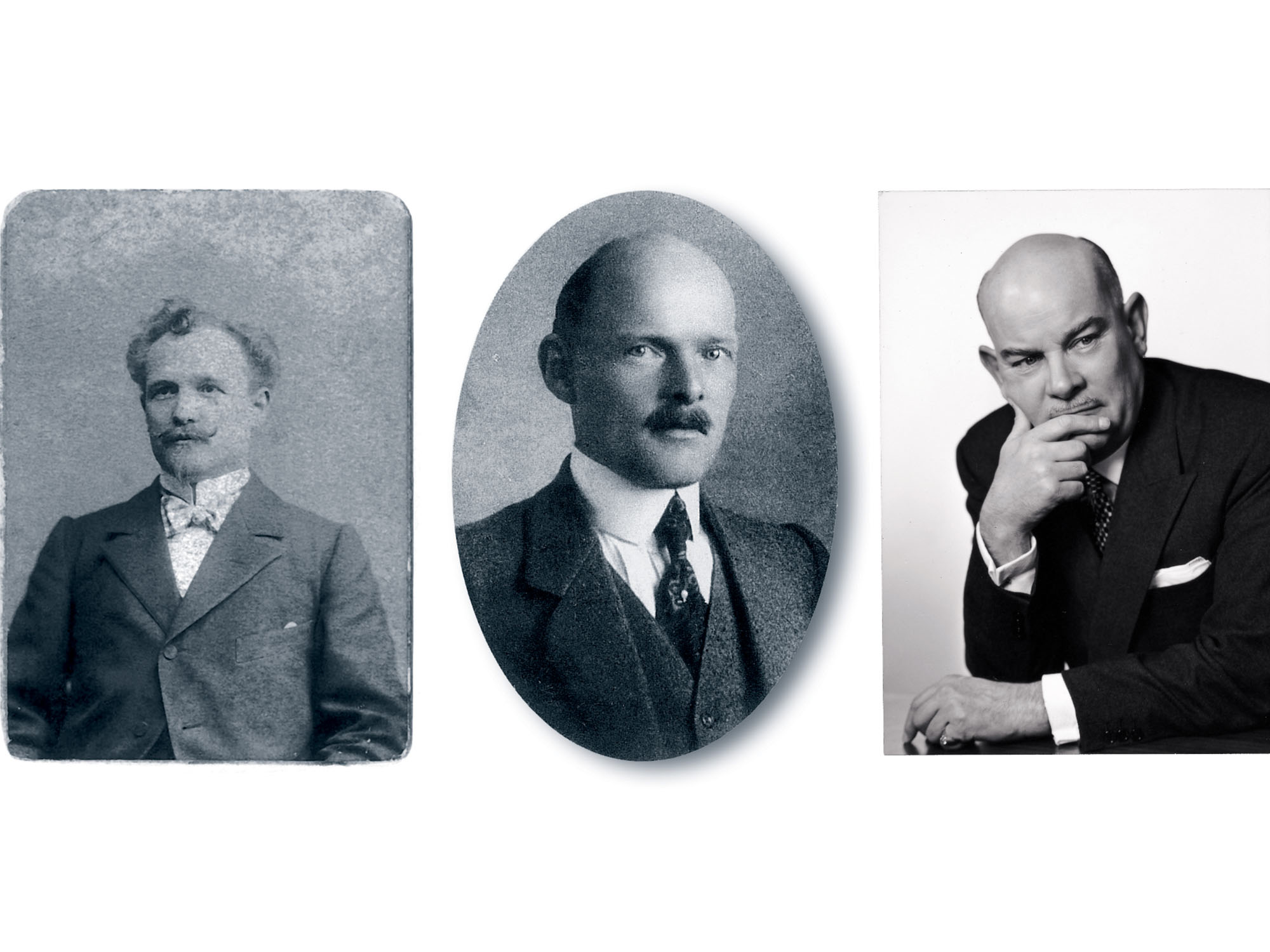 After Gaston’s unexpected death in 1927, 19-year-old Willy Breitling (above, right) ascended to the chairmanship of the company, now based in La Chaux-de-Fonds, and not only continued the tradition of bold technical inventiveness that his father and grandfather established but also laid the foundations for Breitlng’s modern identity as the premier watch brand associated with aviation. It began in 1938, as the threat of a second World War loomed over Europe, with the establishment of Breitling’s Huit Aviation Department (“huit,” aka French for the number “eight,”), whose mandate was to produce very precise and robust onboard timing instruments suitable for the demanding conditions of a military plane’s cockpit. In 1939, Britain’s Royal Air Force (RAF) became the first of several nations’ air forces that would turn to Breitling as their provider of dashboard chronograph clocks, which were notable for their eight-day power reserves, throughout the World War II years.
After Gaston’s unexpected death in 1927, 19-year-old Willy Breitling (above, right) ascended to the chairmanship of the company, now based in La Chaux-de-Fonds, and not only continued the tradition of bold technical inventiveness that his father and grandfather established but also laid the foundations for Breitlng’s modern identity as the premier watch brand associated with aviation. It began in 1938, as the threat of a second World War loomed over Europe, with the establishment of Breitling’s Huit Aviation Department (“huit,” aka French for the number “eight,”), whose mandate was to produce very precise and robust onboard timing instruments suitable for the demanding conditions of a military plane’s cockpit. In 1939, Britain’s Royal Air Force (RAF) became the first of several nations’ air forces that would turn to Breitling as their provider of dashboard chronograph clocks, which were notable for their eight-day power reserves, throughout the World War II years.
Rewriting the (Slide) Rules: The Original Chronomat (1941)
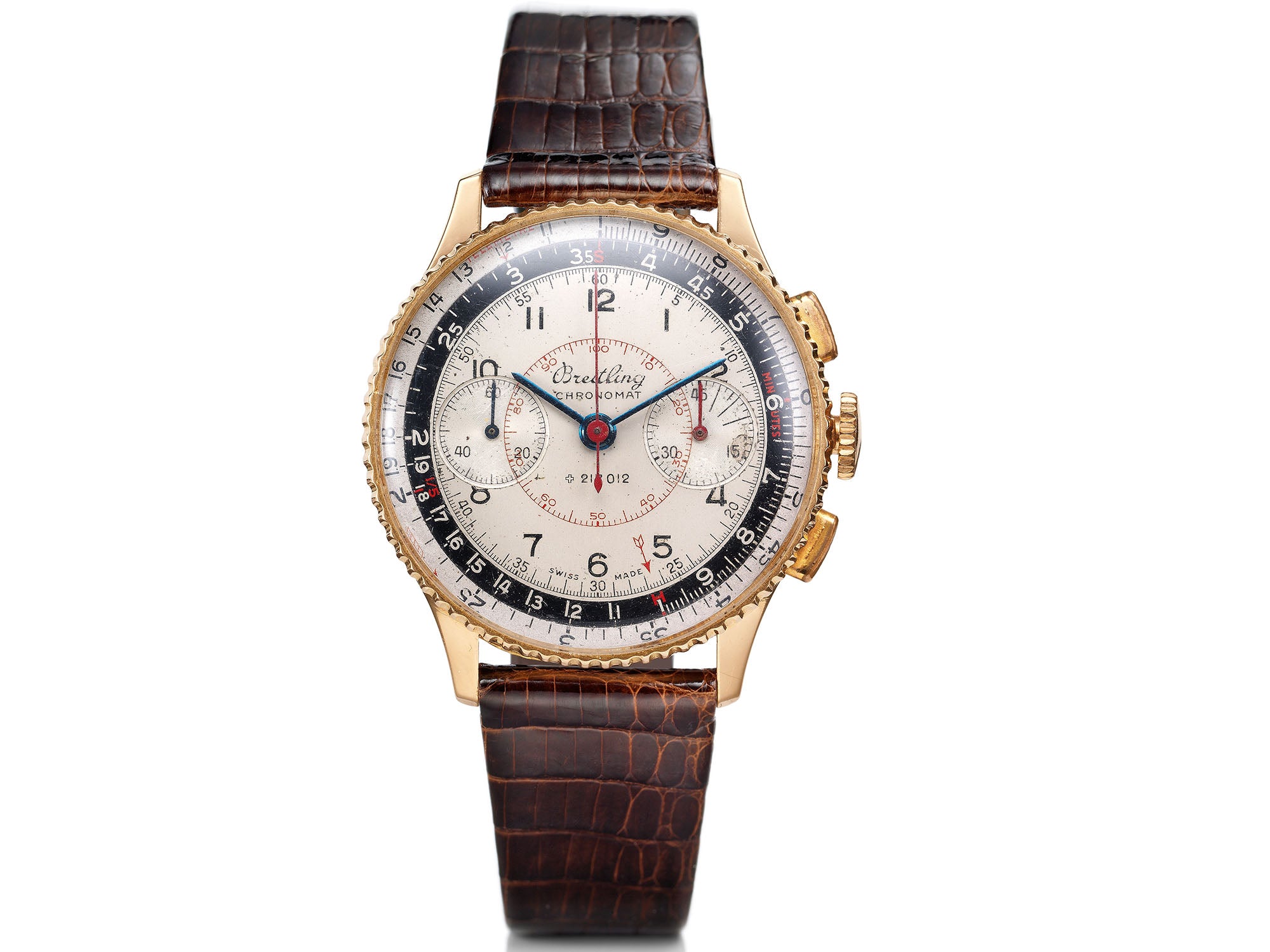
The story of the Navitimer really begins in 1940, shortly after Breitling initiated its production of dashboard instruments through the Huit Aviation Department. That year, Breitling unveiled another patented invention: the first timepiece equipped with a logarithmic scale on its rotating bezel that could be used by wearers in highly technical fields to make vital calculations and conversions. Based on the E6B slide rule devised by mathematician Robert Marcel — which enabled users to convert between standard miles, kilometers, and nautical miles, the most important units for aviation — the multifunctional scale could be used in conjunction with the watch’s chronograph function to determine factors such as fuel consumption, distance traveled, and climb and descent rates. Breitling called this versatile tool watch the Chronomat — melding “Chronographe” with “Mathématique” — and released it to the public in 1941. It featured a bicompax dial, with tachymeter, pulsometer and telemeter scales accompanying the slide rule bezel for additional calculations, and contained the Swiss-made, manually wound Venus Caliber 175.
Jet Setter: The First Navitimer (1952)
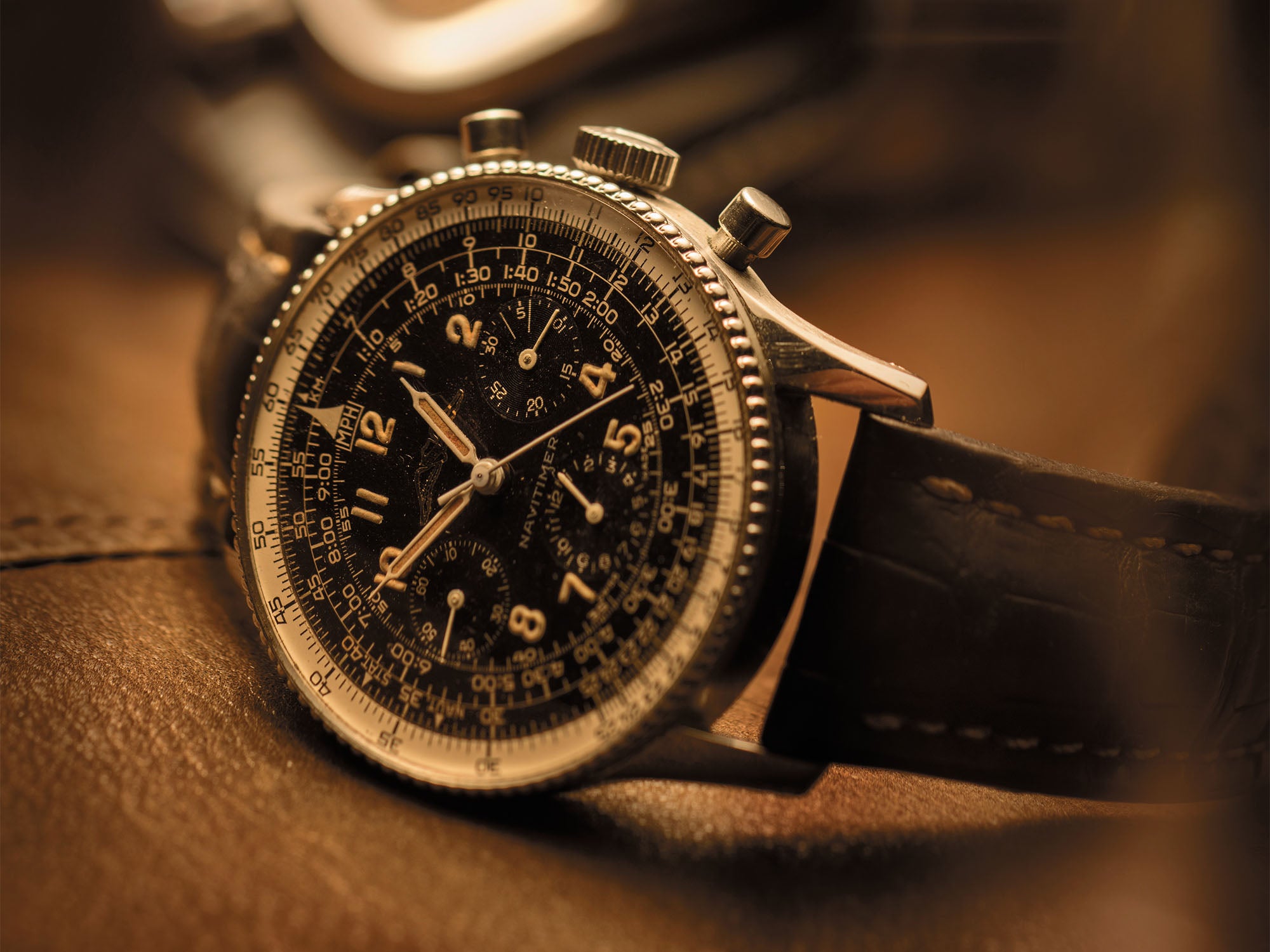
With World War II in the rear view mirror, and the Golden Age of commercial aviation emerging in the wake of post-war prosperity, Willy Breitling redefined a genre with the release of the first Navitimer in 1952. Similarly to the Chronomat, it derived its name from a portmanteau of “Navigation” and “Timer,” and It was in many respects a clear successor to its wartime predecessor, incorporating the multifunctional slide-rule scale and housing the Venus 178, a descendant of the movement inside the first-generation Chronomat. What set the Navitimer apart was its increased utility for pilots, with the slide rule scales applied to a bidirectionally rotating bezel with a beaded edge that a pilot’s gloved hands could easily operate. The bicompax design of the Chronomat was jettisoned in favor of the now-familiar three-register arrangement, with elapsed hours, elapsed minutes, and running seconds displayed on subdials at 3, 6, and 9 o’clock. At 12 o’clock on the earliest Navitimer models (the now-legendary Ref. 806) was a stylized airplane silhouette that served as the emblem of the Aircraft Owners and Pilots Association (AOPA), an advocacy group established in 1932, to whose members the first Navitimers were marketed. Notably, the very first of these references did not include the Breitling logo on the dial.
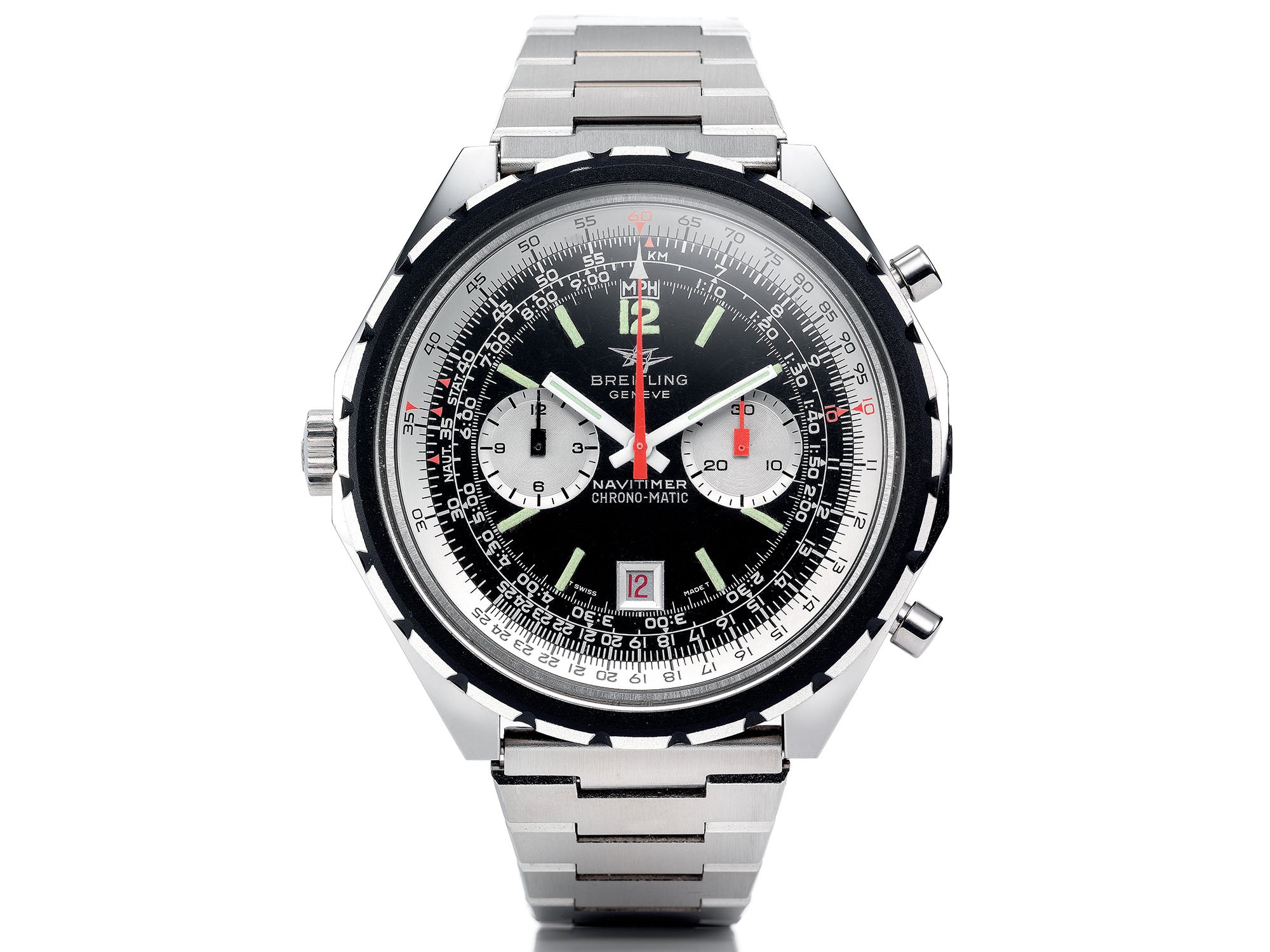
Willy Breitling was not only an inventive watch designer; he was also a shrewd marketer. For the first few years of the Navitimer’s existence, pilots and aviation-industry insiders were in fact the only ones who could buy one. But in 1954, Breitling began making its 43mm pilots watch, with its compact, analog “flight computer,” available to an enthusiastic public, which snapped them up as badges of jet-set cred thanks to Willy’s ads linking the watch with the romance of flight — even if many of them were wearing their watches in the first-class cabin rather than the cockpit. The Navitimer, which by 1954 was using a manually wound, column-wheel-equipped Valjoux 72 movement, continued to evolve throughout the 1950s and ‘60s: contrasting subdials appeared as early as 1957, the beaded-edge bezels gave way to a serrated-edge style around 1965, and the first Navitimer with an automatic movement (above) — the legendary Chrono-Matic caliber — debuted in 1969. At its largest, the Navitimer case grew to a hefty 48mm.
Space Odyssey: The Navitimer Cosmonaute (1962)
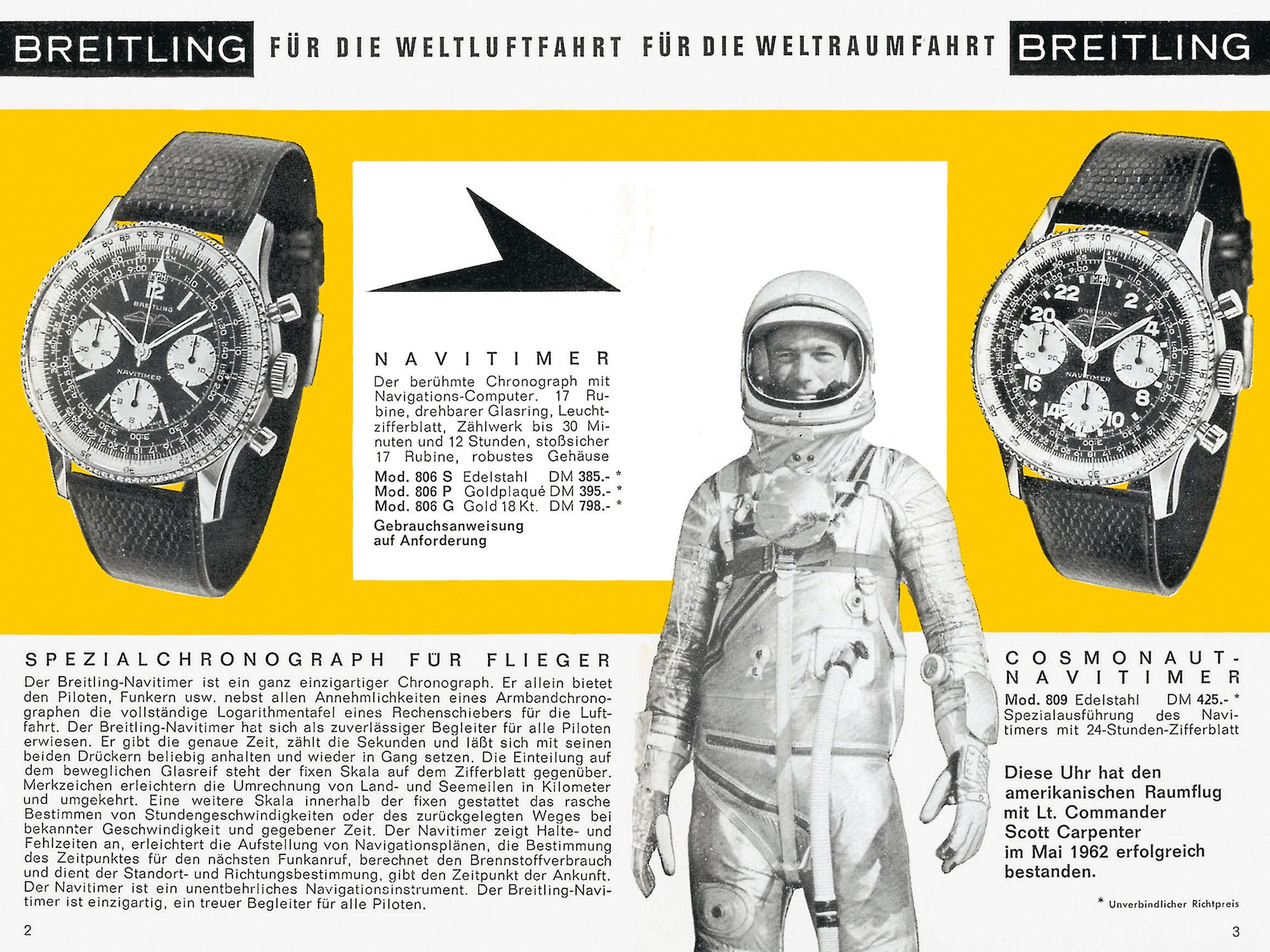
Even though it was available to the general public, the Navitimer remained unmistakably a favorite watch among pilots of all types — commercial, military, private hobbyists, and even astronauts, many of whose ranks had been drawn from the world of military aviation. Following the establishment of the National Aeronautics and Space Administration (NASA) in 1958, the United States and Soviet Union competed for national supremacy in the so-called Space Race of the 1960s, launching numerous missions to explore the uncharted cosmos and ultimately to be the first to land on the moon. One of these was the Mercury Program in 1961, commanded by astronaut Scott Carpenter, who wore a Navitimer throughout his previous career as a Navy pilot. Carpenter approached Breitling and NASA about creating an “astronaut” version of the classic Navitimer — one with a bigger rotating bezel that could be grasped by heavier gloves and whose hour hand would traverse a 24-hour scale once per day, rather than a 12-hour scale twice, all the better for an astronaut in space to keep track of what time of day it was back on Earth. Breitling obliged, and Carpenter wore the watch, later dubbed the Cosmonaute, on his 1962 mission aboard the Aurora 7 space capsule, beating the Omega Speedmaster into space by seven years.
Going Digital: Navitimers of the Quartz Era (1979)
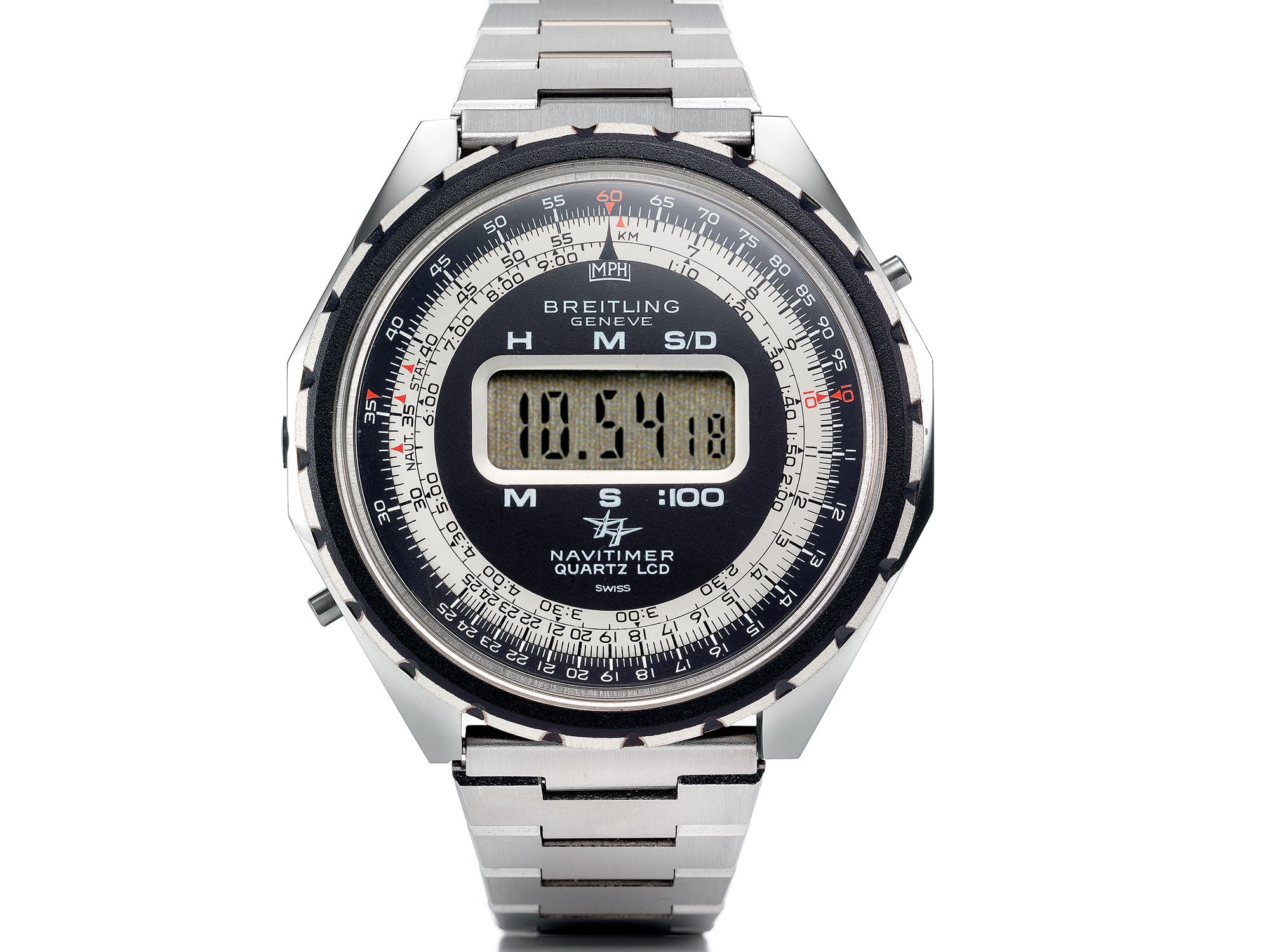
With the 1970s came the Quartz Crisis and a change of ownership at Breitling. An ailing Willy Breitling sold the company in 1979 to electronics engineer, aviation enthusiast, and Swiss armed forces veteran Ernst Schneider, who moved its headquarters to Grenchen in 1982. Unlike other Swiss watch executives at the time, Schneider embraced the new quartz technology, which allowed for even greater timekeeping precision and hence more reliability for professionals like pilots. The Navitimer was among several Breitling models that were adapted for the needs of the Quartz Era, with the first LED Navitimer (Ref. 9106) hitting the market in 1977 and its successor, the LCD version (Ref. 9416, above) following it in short order. These models and their successors retained the now-iconic slide rule bezel but replaced traditional analog dials with the digital displays that were all the rage at the time.

Playing to the nostalgia of collectors who still missed the classic mechanical Navitimer, Breitling launched the Ref. 81600 “Old Navitimer” in 1985; it resurrected the analog dial and contained a manually wound caliber based on the Lemania 1873. The first Navitimer to bear the Breitling winged anchor logo on its dial, it became known as the “Serge Gainsbourg” after the legendary French pop musician, who wore it regularly, and it was joined by an automatic version two years later. Throughout the 1980s and into the new millennium, Schneider, and his son Teddy, who would succeed him at the helm of the company in the 1990s, further strengthened Breitling’s ties to aviation and pilots, inking a longtime endorsement deal with Hollywood star and amateur pilot John Travolta and ramping up the brand’s sponsorships of aerobatic teams and airshows.
Caliber B01: The In-House Era Begins (2011)
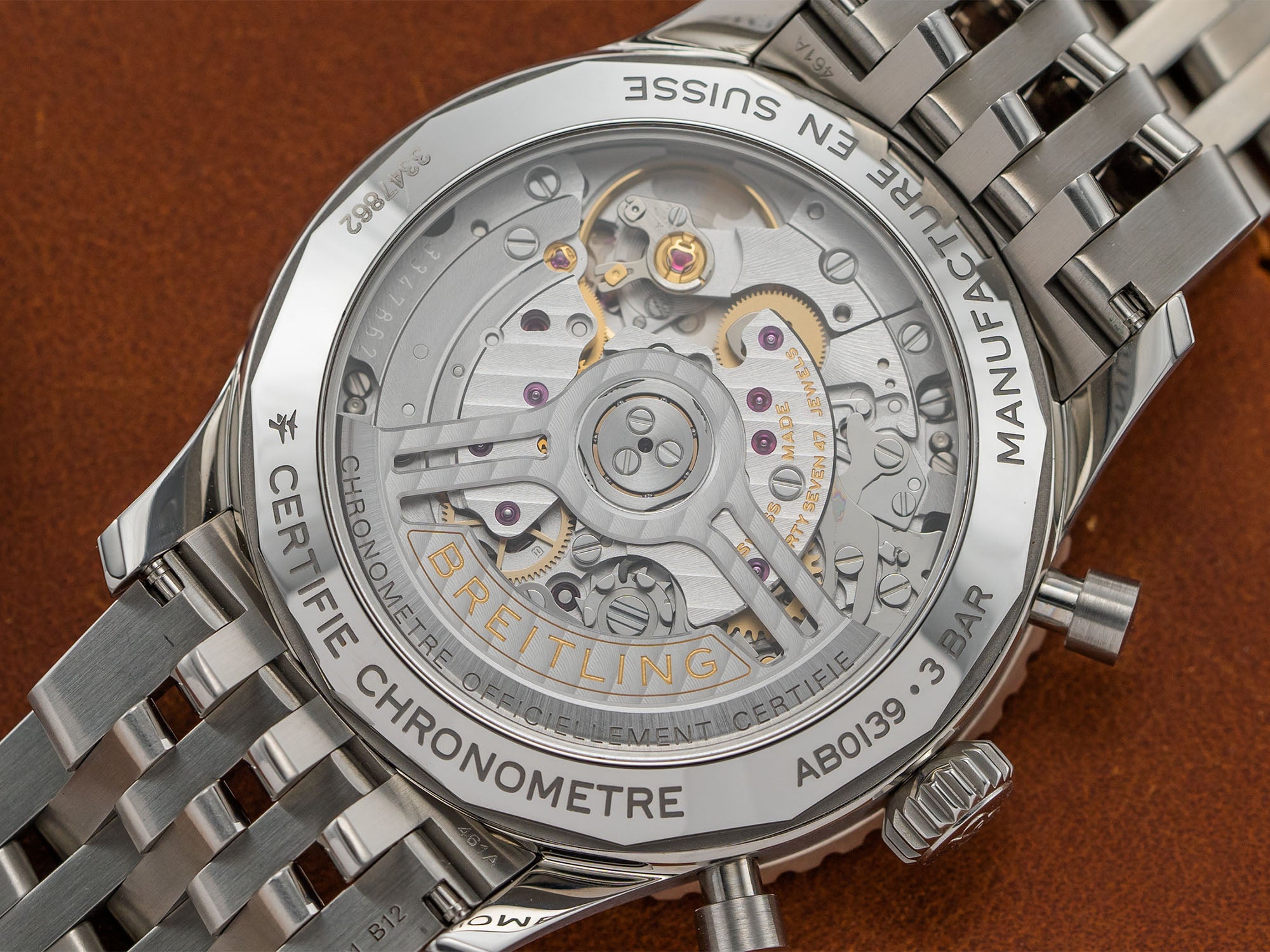
In 2009, with the renaissance of the mechanical luxury watch back in full swing, Breitling marked another milestone in its watchmaking history with the launch of its first fully in-house movement, the automatic, COSC chronometer-certified Caliber B01. The movement, which was noteworthy for its integrated column-wheel chronograph functionality and impressive 70 hours of power when fully wound, represented in a way the culmination of Breitling’s two areas of historical expertise: chronograph innovation and reliably lengthy power reserves. It was first installed in the modern Breitling Chronomat model — which had been resurrected in 1984 and followed a separate design path from its successor, the Navitimer — and would become the standard in many Breitling watches going forward, including the Navitimer starting in 2011. Caliber B01 has also served as the base for offspring with additional complications, including Caliber B04, with a GMT function, and Caliber B03, with a rattrapante or flyback function added to the chronograph. Caliber B02, as detailed below, is a manually winding version of the B01, used in several special editions.
An Anniversary of Flying Colors (2022)
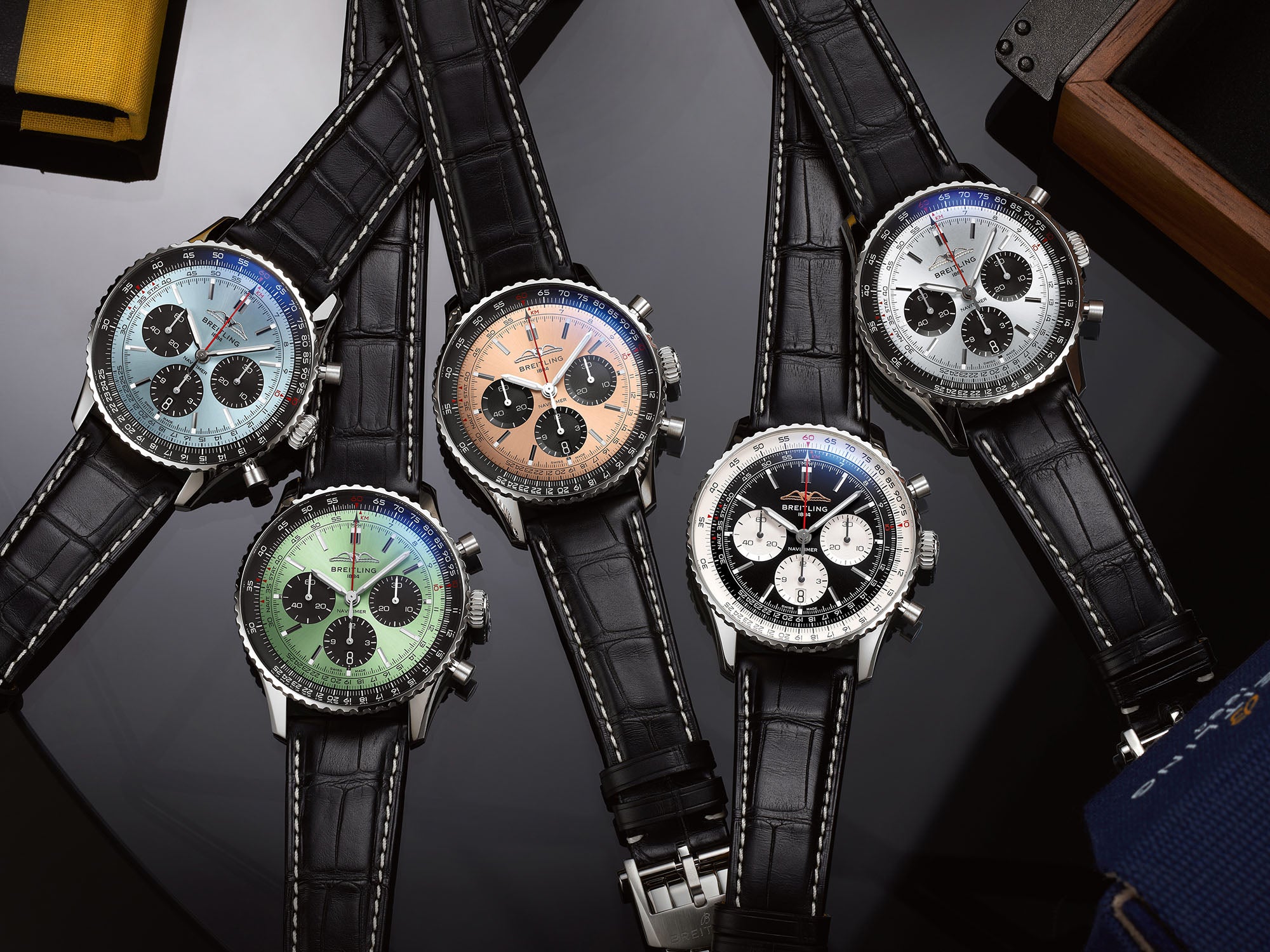
Another shift in ownership and direction for Breitling came in 2018, when the Luxembourg-based CVC Capital Partners Group bought a controlling interest in the company from the Schneiders and installed one of its investors, former IWC executive Georges Kern, as CEO. One of Kern’s first moves was to plumb the rich history of the Huit Aviation Department to create a new style of Navitimer that was based on the look of Breitling’s wartime dashboard chronographs and would eschew the slide-rule bezel that had defined the model since 1952. These models were initially launched as the “Navitimer 8” but eventually settled into being their own distinct family, called the Aviator 8. As for the classic Navitimer itself, its most recent revamp came in 2022, with modifications that are subtle but substantial. The slide rule has been flattened and the sapphire crystal domed, helping create the illusion of a more compact overall profile. Breitling has stepped up the use of alternating brushed and polished finishes on the case for a more understated and less flashy look. The winding rotor of Caliber B01 has also been slimmed down, enhancing the view of the movement through the sapphire caseback window. The date window has been moved to 6 o’clock for a more discreet presentation. As per modern trends, Breitling is offering a plethora of dial color options, including blues, greens, and copper. The most notable aesthetic update, and the one that speaks directly to collector nostalgia, is the return of the winged AOPA logo to its historical position at 12 o’clock. Below, you can find a rundown of all the Breitling Navitimer variations currently on the market.
Breitling Navitimer B01 Chronograph 46
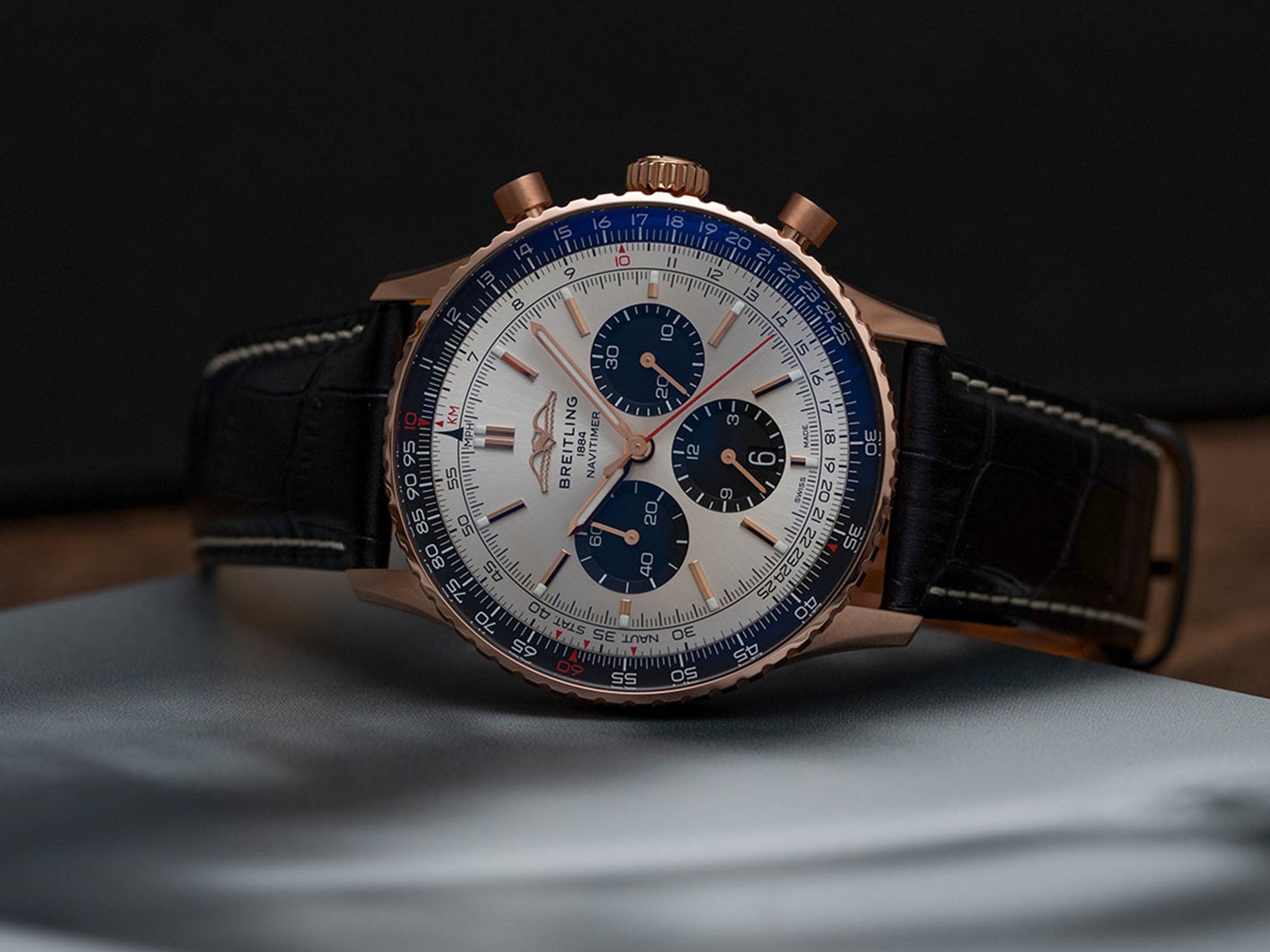
Price: $9,200 - $19,500, Case size: 46mm, Thickness: 13.9mm, Lug Width: 24mm, Lug to Lug: 51.8mm, Crystal: Sapphire, Water Resistance: 30 meters, Movement: Automatic Breitling B01
The largest option in the Navitimer family, the B01 Chronograph 46 is available in several stainless-steel case versions and one version in 18k rose gold. Its two-tone dials range from black and blue, both with silvery white subdials; to dark green with black subdials; to silvered white with black subdials in the all-rose-gold model (above).
Breitling Navitimer B01 Chronograph 43
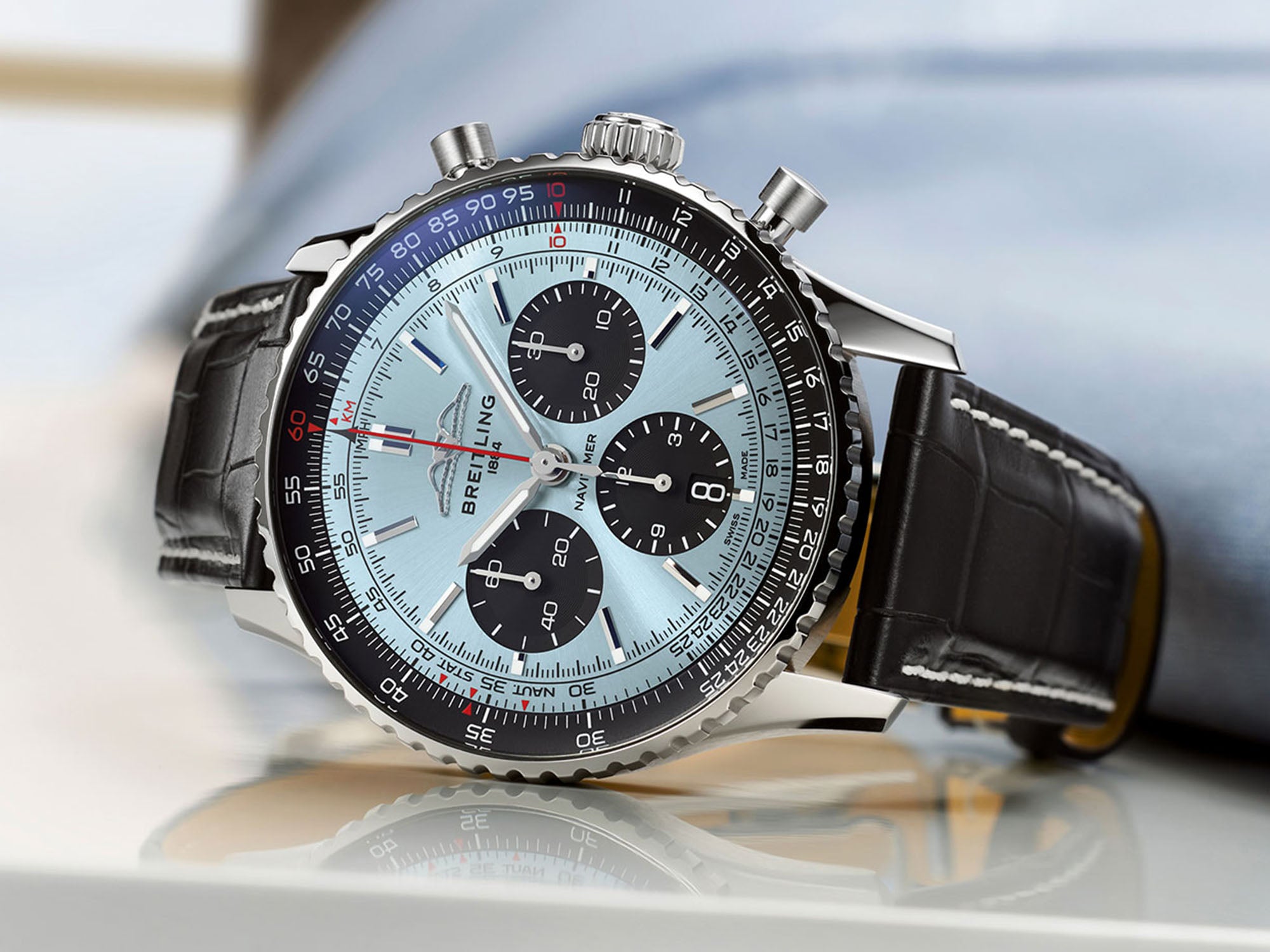 Price: $9,100 - $37,500, Case size: 43mm, Thickness: 13.6mm, Lug Width: 22mm, Lug to Lug: 49mm, Crystal: Sapphire, Water Resistance: 30 meters, Movement: Automatic Breitling B01
Price: $9,100 - $37,500, Case size: 43mm, Thickness: 13.6mm, Lug Width: 22mm, Lug to Lug: 49mm, Crystal: Sapphire, Water Resistance: 30 meters, Movement: Automatic Breitling B01
The midrange option in the Navitimer B01 Chronograph family features a 43mm case diameter and a thickness of 13.6mm, just a smidgen slimmer than its big brothers. Here you’ll find some intriguing colorway options, including ice blue (pictured), mint green, copper, and silvery gray, all with contrasting black subdials, and mounted on alligator leather straps. Two bracelet options are available, both with a “reverse panda” black dial-white subdial design, one in steel, the other in 18k rose gold.
Breitling Navitimer B01 Chronograph 41
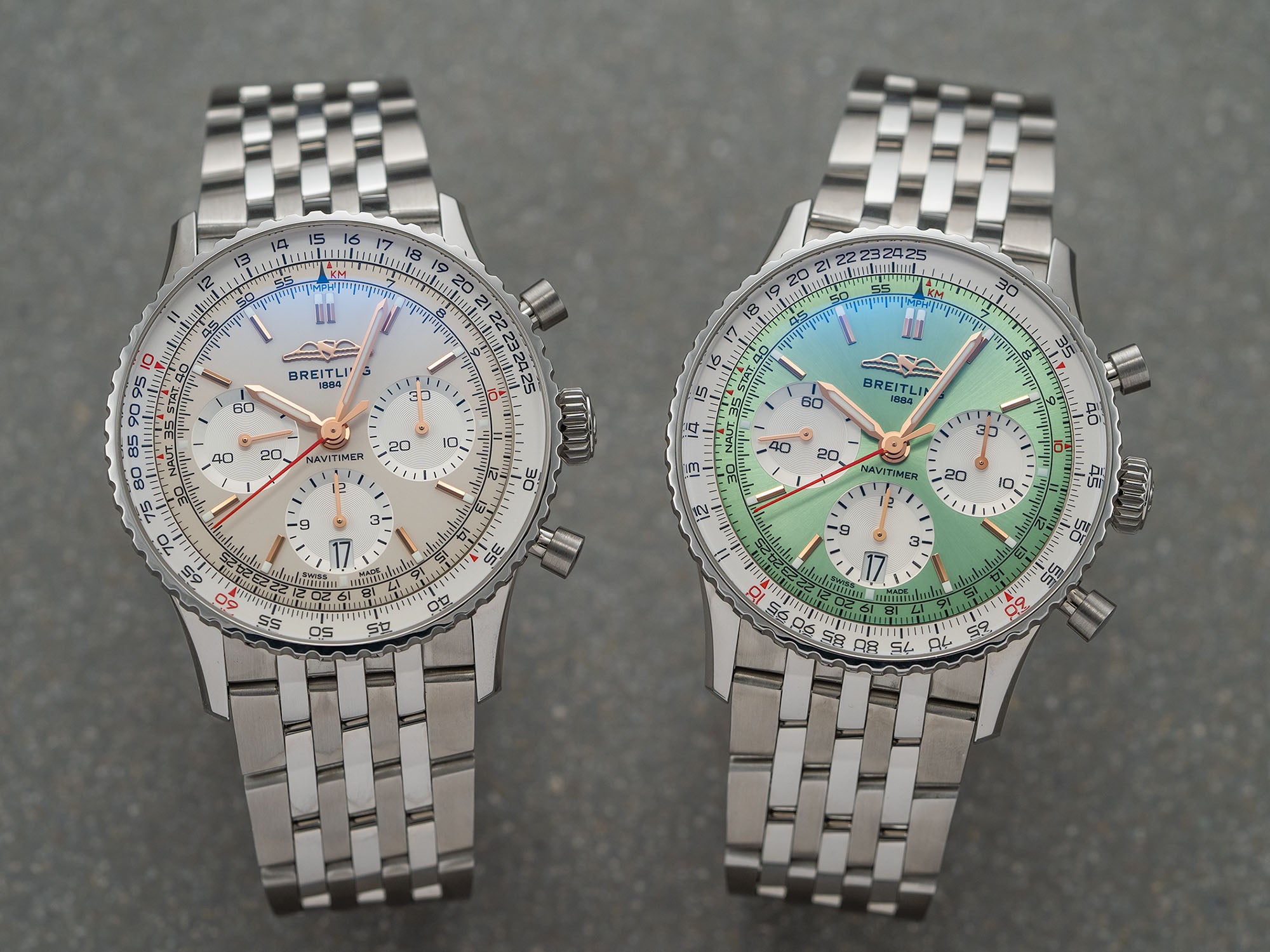
Price: $9,000 - $18,500, Case size: 41mm, Thickness: 13.6mm, Lug Width: 22mm, Lug to Lug: 47mm, Crystal: Sapphire, Water Resistance: 30 meters, Movement: Automatic Breitling B01
Engineered for smaller wrists while still boasting the in-house B01 chronograph movement, the 41mm models accordingly offer a range of dial colors with a mostly unisex appeal, including the silver and light-green “pistachio” models pictured above, both with contrasting white (rather than black) subdials. Arguably, the view of the B01 Caliber through the exhibition casebacks is slightly more vibrant, as its dimensions are more form-fitting to the smaller case diameter. Three models are in stainless steel, one in 18k rose gold, with stitched alligator leather straps or metal bracelets as options for all.
Breitling Navitimer Automatic 35/38/41
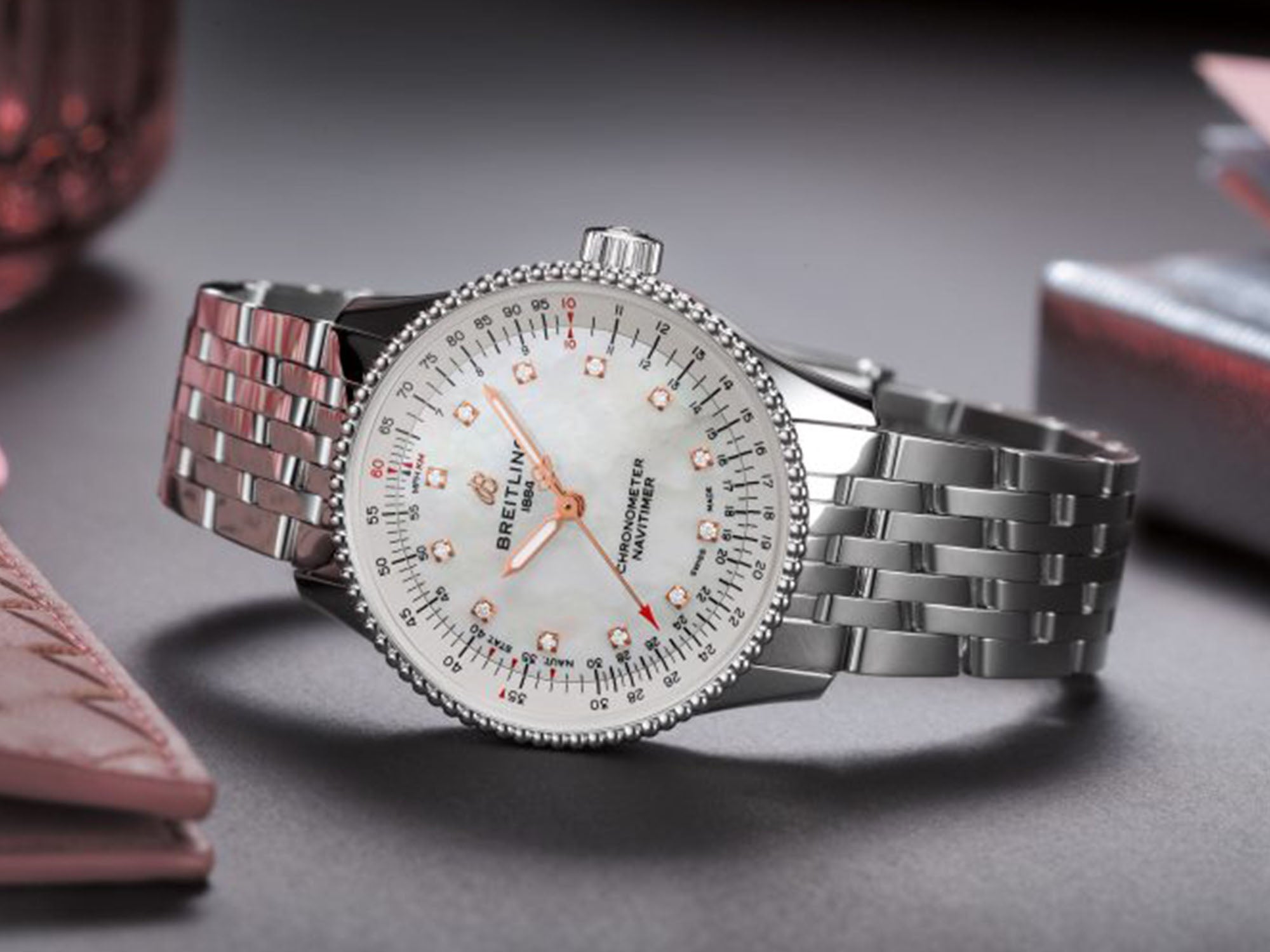
Price: $4,850 - $13,880, Case size: 35mm/38mm/41mm, Thickness: 9.9mm/9.9mm/10mm, Lug Width: 18mm/20mm/22mm, Lug to Lug: 41mm/43.9mm/47.9mm, Crystal: Sapphire, Water Resistance: 30 meters, Movement: Automatic Breitling 17 (ETA 2824-2 base)
In 2018, Breitling decided to find out what its iconic chronograph watch would look like without its signature complication. The dials of the Navitimer Automatic retain the familiar bidirectional inner slide-rule scale but abandon the classical tricompax look in favor of a more straightforward three-hands-and-date approach. Undoubtedly intended to woo a female audience that appreciated the Navitimer’s groundbreaking design but were intimidated by its bold, tool-watch dimensions, the Navitimer Automatic starts at a very feminine (for Breitling) 35mm and tops out at the same “unisex” 41mm size of the smallest chronographs; occupying the middle ground are the 38mm versions. The 35mm Navitimer Automatics include models with diamond-set mother-of-pearl dials, like the one pictured above.
Breitling Navitimer B02 Chronograph 41 Cosmonaute
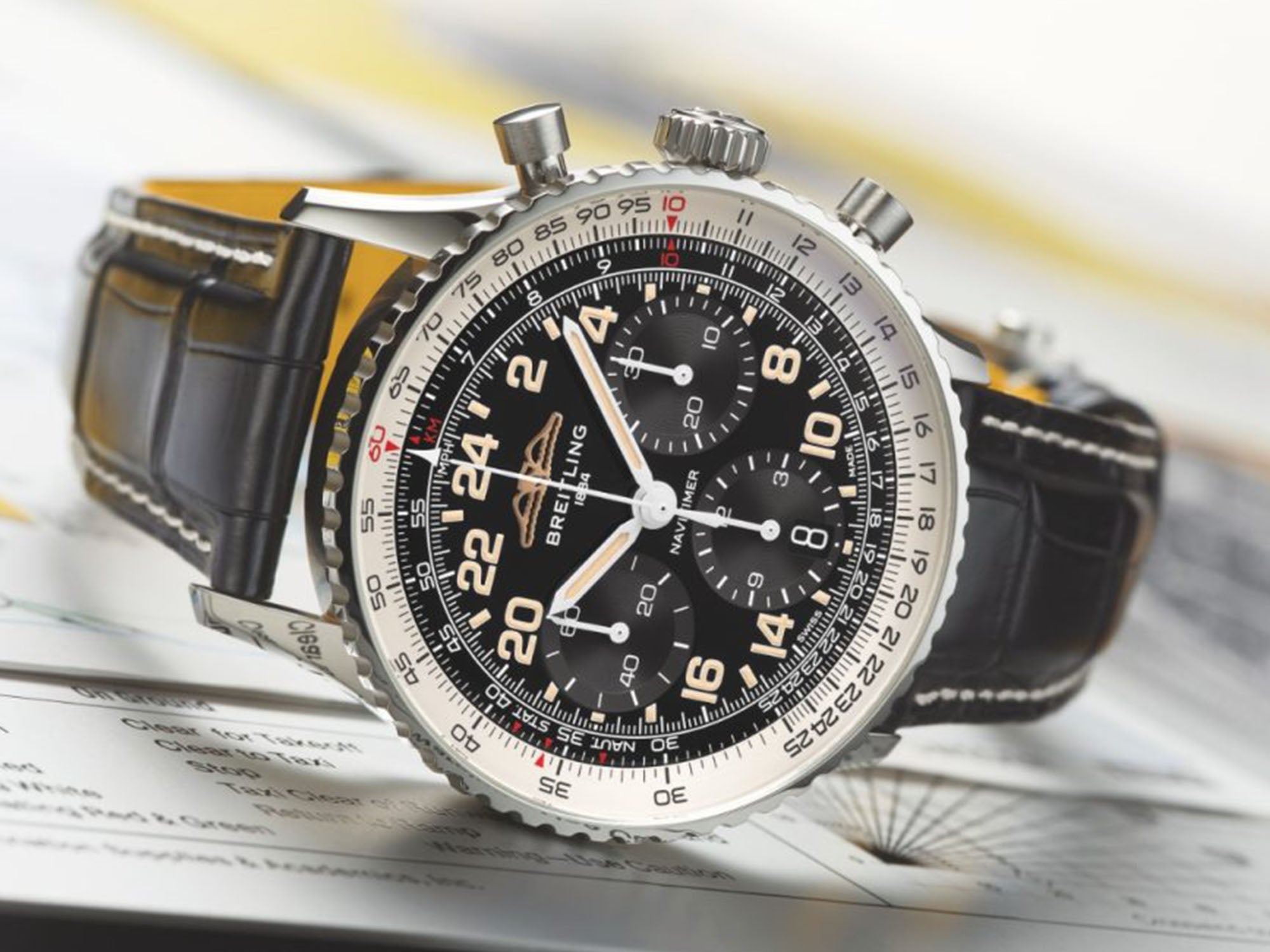
Price: $10,800 - $11,200, Case size: 41mm, Thickness: 13mm, Lug Width: 22mm, Lug to Lug: 47mm, Crystal: Sapphire, Water Resistance: 30 meters, Movement: Automatic Breitling B02
The modern version of the Cosmonaute, released in 2022, the 60th anniversary year of the NASA mission that made it famous, features a stainless steel case sized at the lower end of the Navitimer Chronograph spectrum, 41mm, and is outfitted with Breitling’s in-house Caliber B02, which is identical to the base B01 caliber in just about every respect — COSC certification, column-wheel chronograph, 70-hour power reserve — but is manually wound rather than automatic, just like the movement in this watch's 1962 predecessor. The reissued version is a limited edition of 362 pieces and combines a stainless steel case with a platinum bezel and the emblematic dial with the 24-hour “astronaut” layout. The bridges of the movement, seen behind a sapphire caseback, have special engravings that reference Scott Carpenter and the Mercury 7 mission.
Breitling Navitimer Ref. 806 1959 Re-Edition
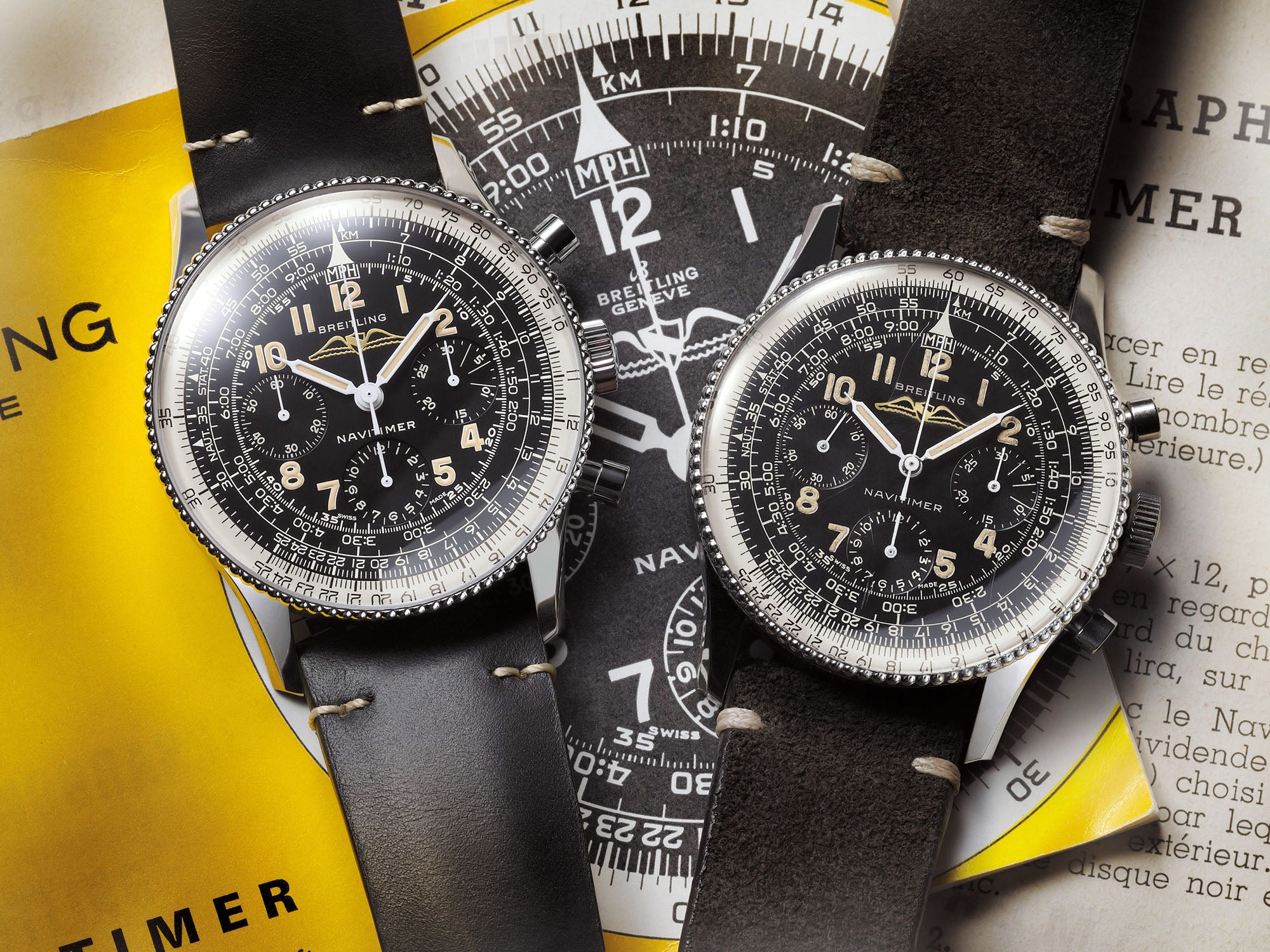 Price: $8,600, Case size: 41mm, Thickness: 12.9mm, Lug Width: 20mm, Lug to Lug: 48.7mm, Crystal: Plexiglas, Water Resistance: 30 meters, Movement: Manually wound Breitling B09
Price: $8,600, Case size: 41mm, Thickness: 12.9mm, Lug Width: 20mm, Lug to Lug: 48.7mm, Crystal: Plexiglas, Water Resistance: 30 meters, Movement: Manually wound Breitling B09
When Breitling decided in 2019 to reissue one of the most popular vintage editions of the Navitimer, the Ref. 806 from 1959, the company was meticulous in re-creating its period details, right down to the number of beads — 94 — on the edge of the rotating bezel. (The number of beads on these beaded-bezel references varied widely over the years, from as many as 125 in the early ’50s to as few as 93 in 1960.) The steel case replicates the dimensions of the original — a fairly modest and era-appropriate 41mm – and is even fitted with an acrylic domed crystal over the dial instead of the more contemporary sapphire. The all-black dial with tone-on-tone subdials replicates that of the original, as does the all-caps vintage Breitling logo and winged emblem (rather than the AOPA emblem) at 12 o’clock. The movement inside, Caliber B09, is another manual-winding variation on the B01, with a COSC chronometer certificate and a 70-hour power reserve.
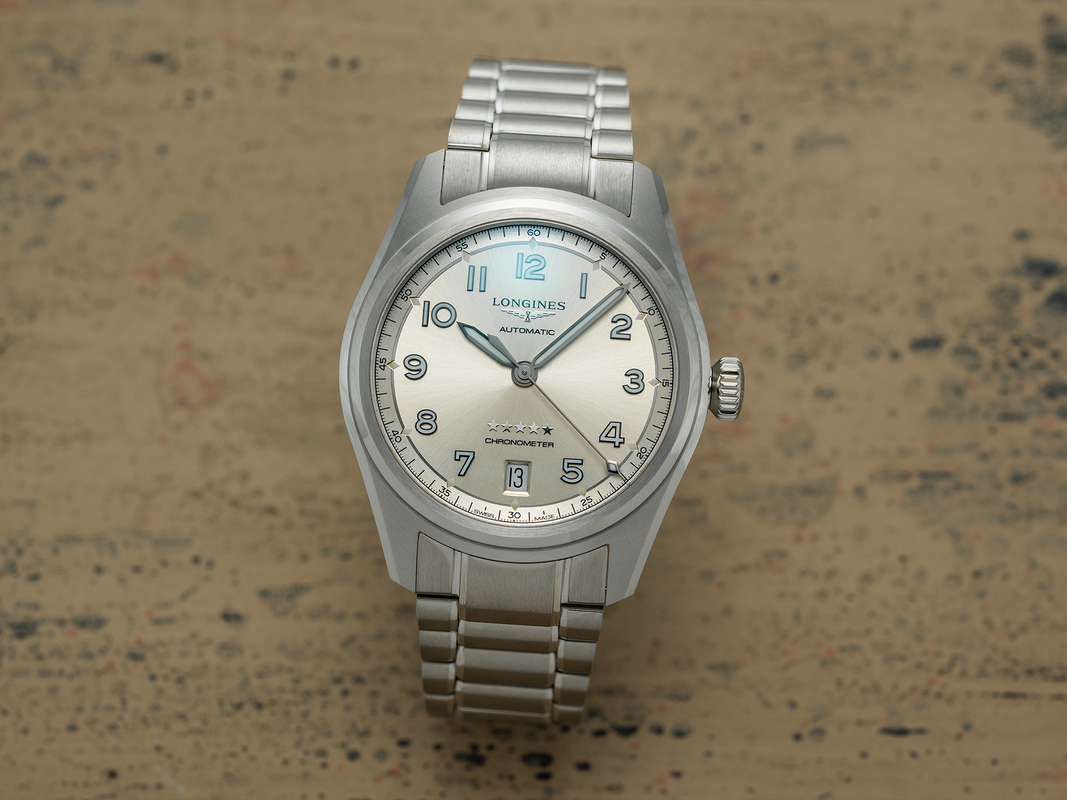

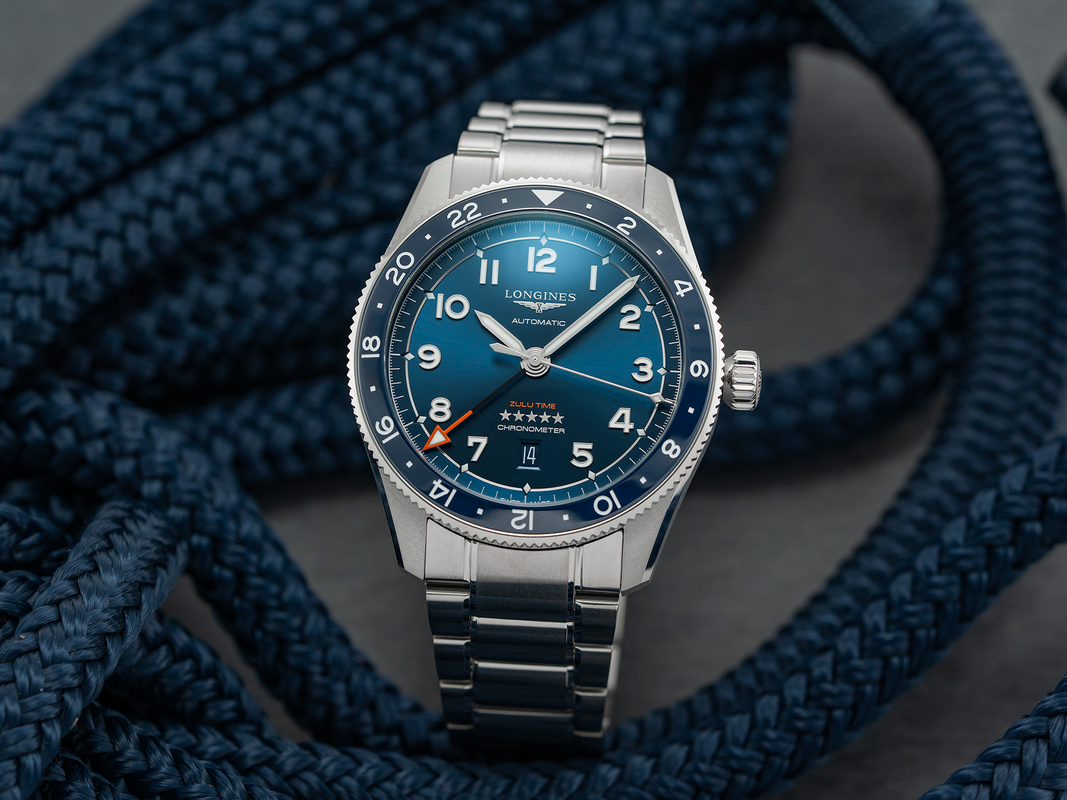
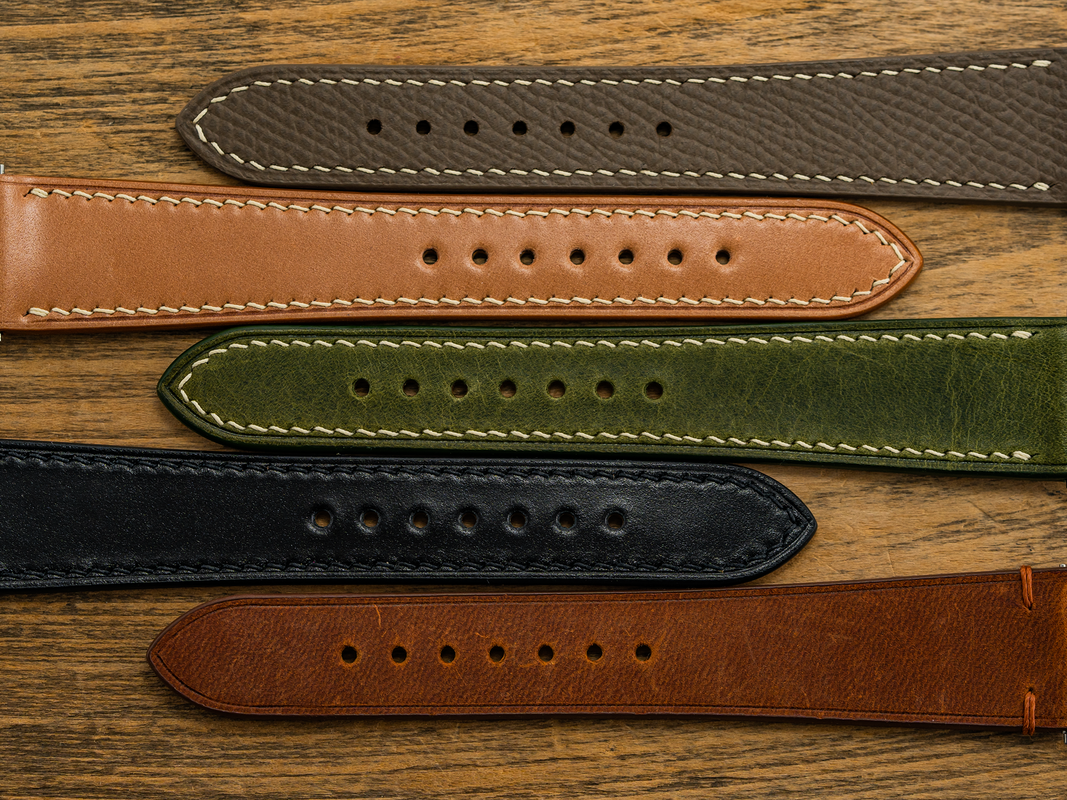
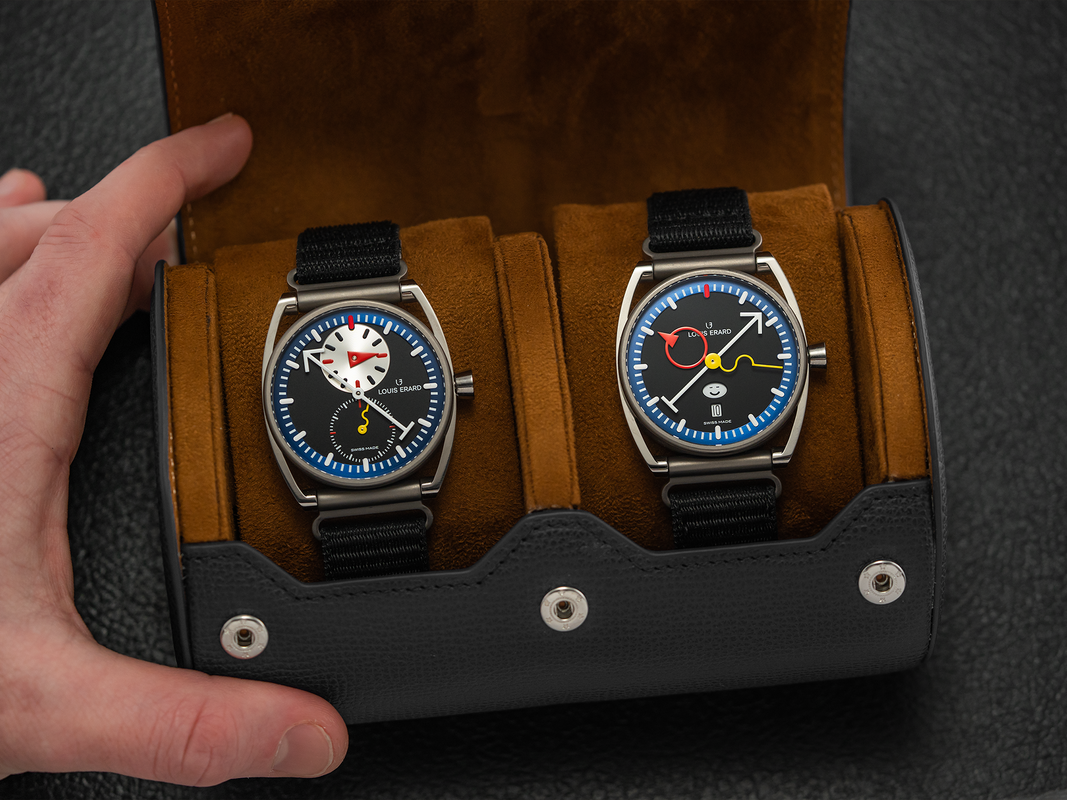
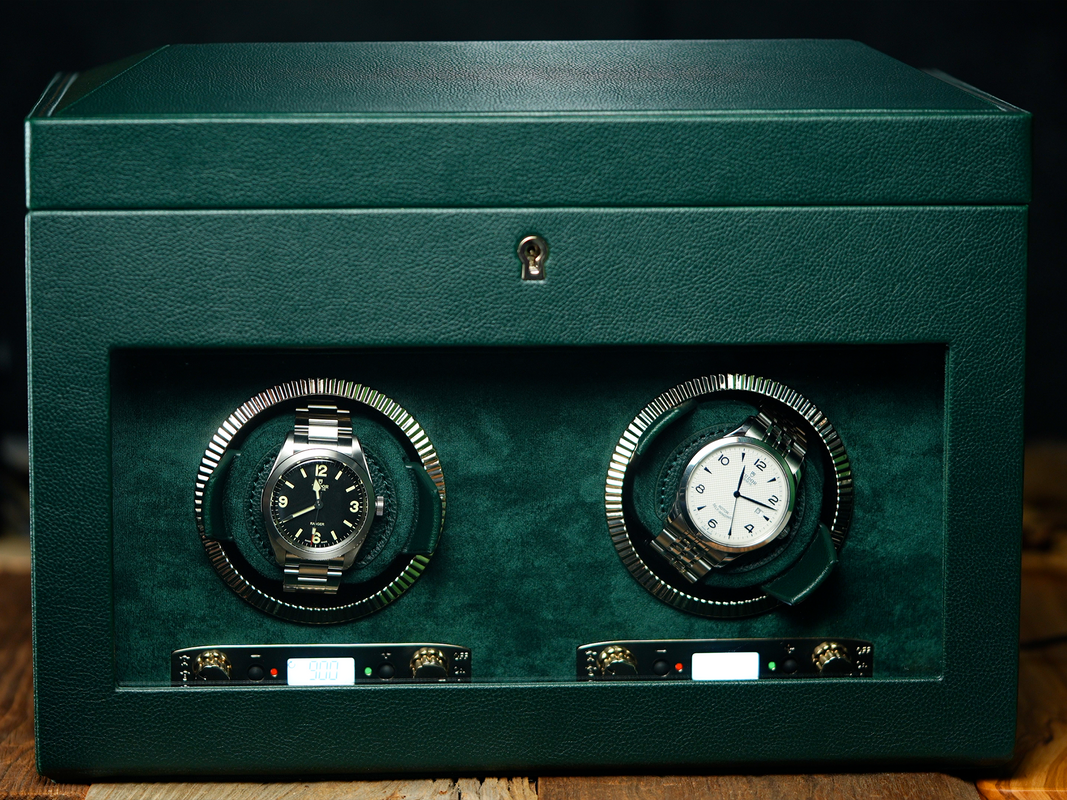


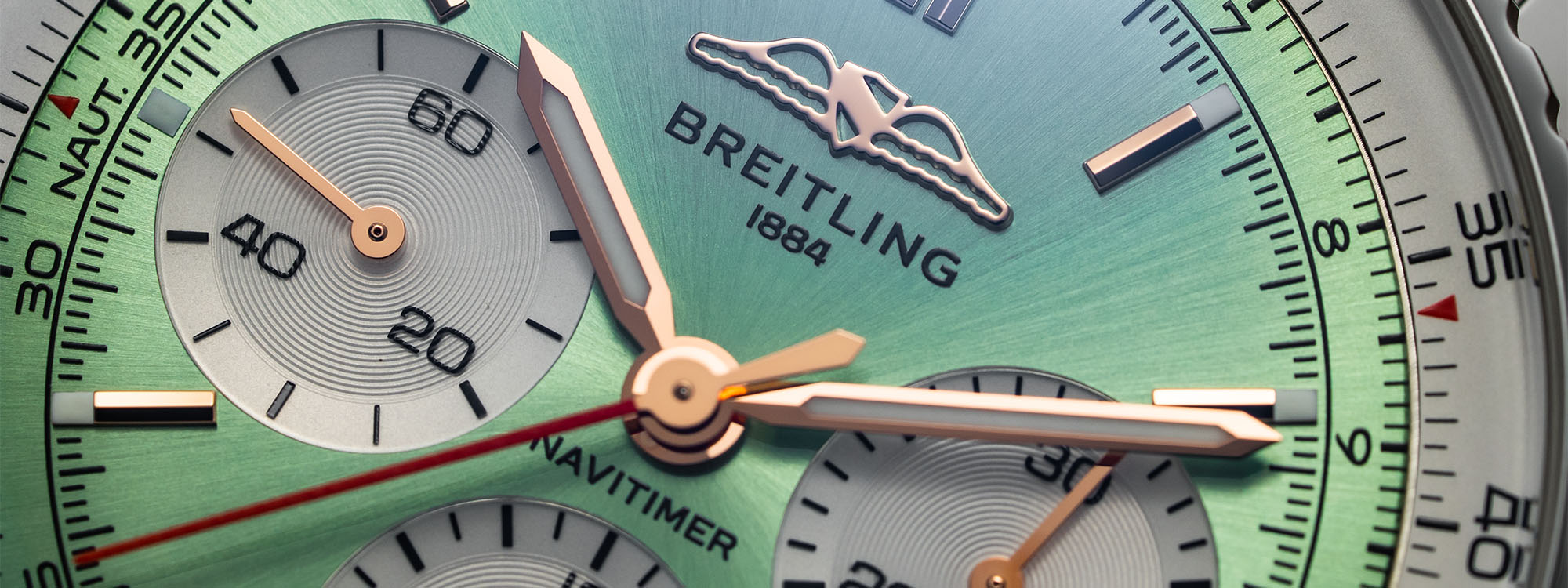




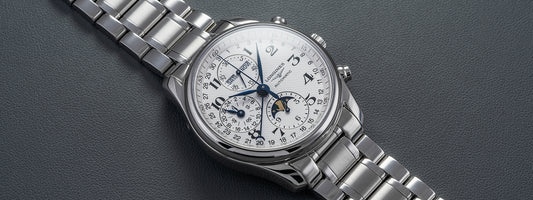
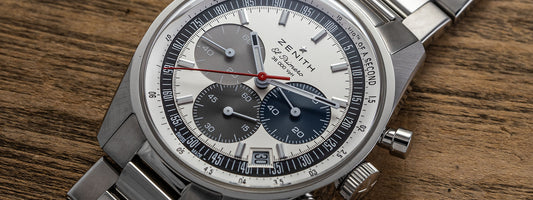
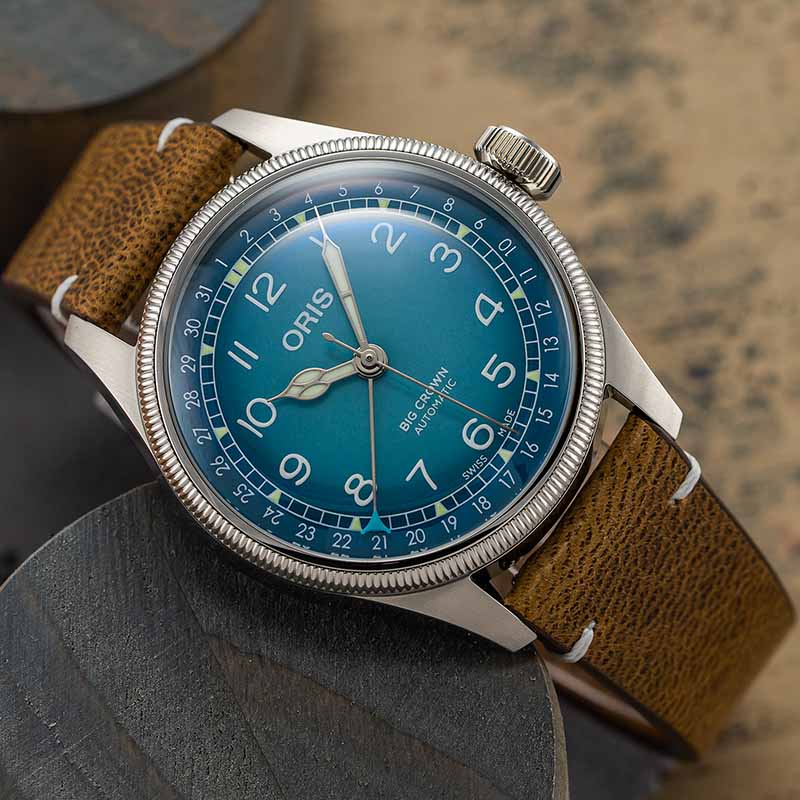
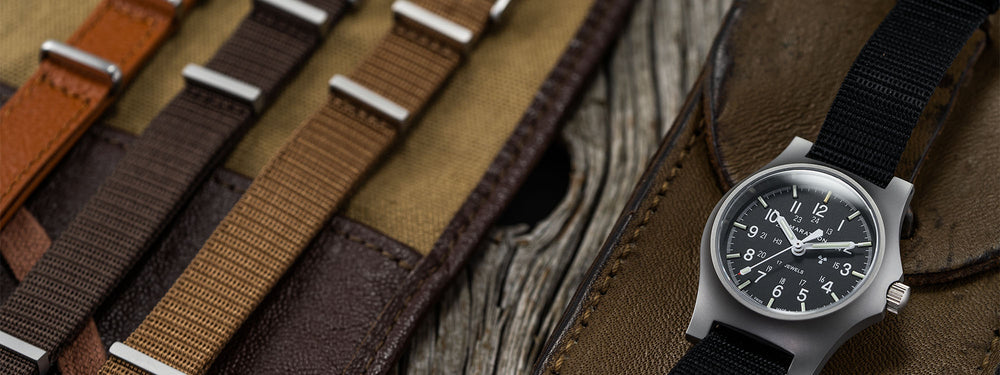
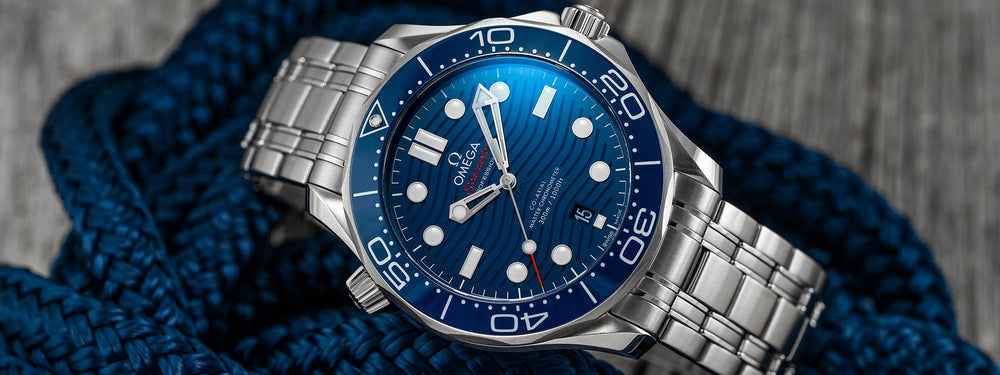


Join the Conversation
Awesome guide! checkout Asorock watches, a black-African-owned luxury watch brand with swiss ap, and Hublot homage watch designs.
Nice article Teddy !
A great Chronograph I sold mine 10 years ago a big mistake !
This is an awesome article!